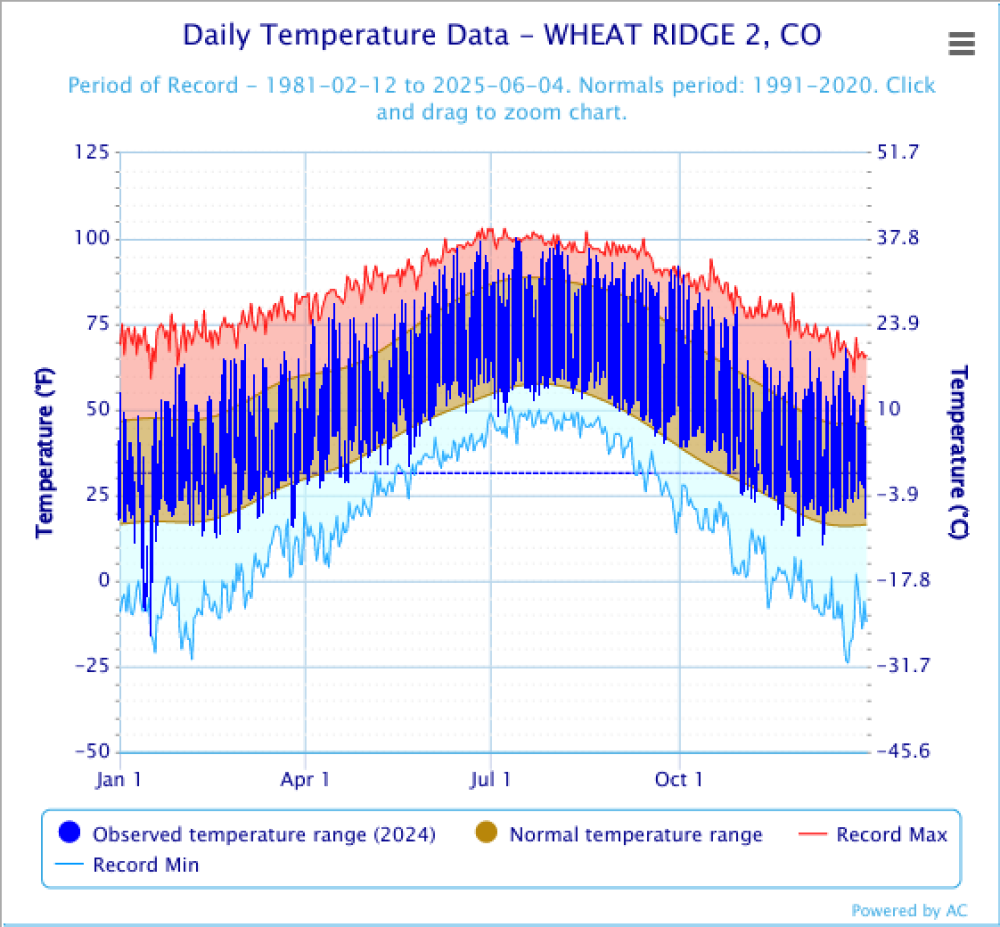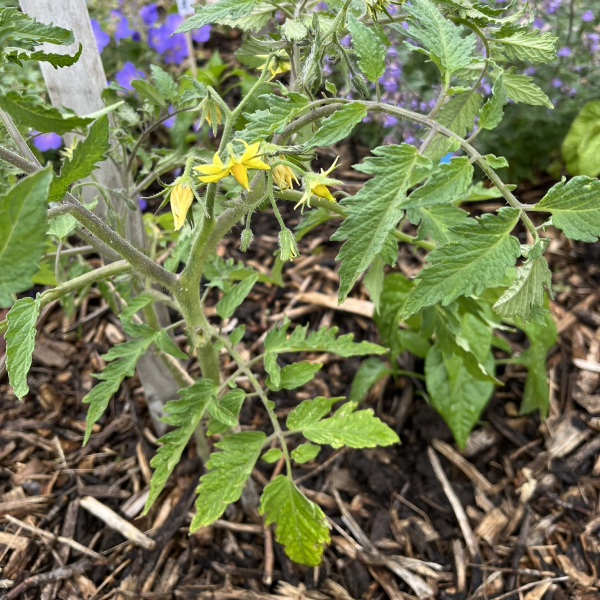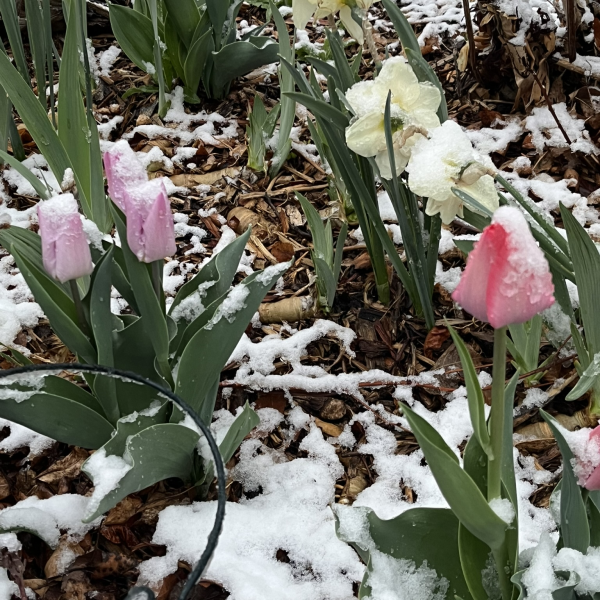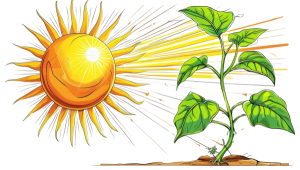Temperature Data – Wheat Ridge, CO
What Temperatures Can You Expect During the Growing Season?

Wheat Ridge Temperatures
Normals, Minimums, and Maximums
This graph is the best working resource I have found for understanding our current year temperatures compared to the statistical normals, minimums, and maximums. Fantastic resource. See more updates at https://www.weather.gov/wrh/Climate?wfo=bou
In particular, notice how the temperature curve starts to descend around July 15. Coming out of the hot period of the summer, this is a good time for planning for a second round of crops in the garden. I try to have my second round of seeds and plants in place between July 15 and August 1, weather permitting.



Air Temperature vs Soil Temperature
Soil temperatures are distinct from air temperatures due to increased density with the degree of difference depending on many factors including the soil type and whether there is mulch in place.
In general, soil takes longer to heat or cool as compared with the air. Because of this, soil temperatures in spring can lag behind air temperatures. In summer, soil temperatures can be higher than the ambient air temperature because the soil cools more slowly than the air.
Soil temperatures are critical for plants and soil microorganisms. Seed sprouting in particularly is very dependent on temperature. The soil temperature can be measured in your garden with a long garden thermometer or a regular meat thermometer. Be sure to insert to a depth of 2-4 inches where the roots of plants will be.
The use of mulch has a mitigating effect on soil temperature by acting as both a shading agent as well as an insulator. Mulch can lower soil temperatures in the summer up to 40 degrees F by blocking direct sun and reducing evaporation. In severely hot weather mulch can be very helpful.
In cold weather mulch insulates the soil preventing rapid temperature change and can help protect plant roots from frost damage.
Want more information about mulching? Try this article: https://www.lsuagcenter.com/articles/page1694179813507

Over 100 Degrees at High Elevation?
I used to worry about the cold for my garden and focused on finding cold tolerant trees and plants. But now I think the heat is actually more of a challenge for my garden, especially for the vegetables and fruits. Wheat Ridge’s highest recorded day temperature is 103F (for Denver it is 105F). There were 103F temps recorded in June of 1990 and 2012 and in July of 1989 and 1990. Those seem to be our peak max temp events thus far, however, it is fairly typical each year for us to have a few or several days over 100 degrees (2024 had 6, 2012 had 13)!
High temperatures feel hotter here because of the combination of elevation and low humidity. Located at approximately 5,459 feet, we experience UV radiation at levels more than 20% higher than at sea level because there is less troposphere to screen out the UV. The same temperature feels more intense at this altitude. The low humidity here also makes it easier for water vapor to evaporate quickly and can lead to plants drying out faster (especially potted plants!)
Most of the vegetable seeds that can be purchased come from other areas of the country that don’t have the same climate stresses, so growing them out may be a challenge. Many vegetables and fruits have built in preferences for temperatures and UV lower than what they will experience here.
Plants have some ways of coping with severe weather and high UV. They can moderate their growth rate and alter transpiration rates to a certain extent. Sun scorching and sunscald may have damaged leaves and fruit. The traditional symbol of “I’m in trouble” in plant language is wilting. In hot weather, I am always watching for these signs of stress.
Over a season of exposure, some plants may develop shorter stems or thicker leaves to cope. Over successive generations of growing, the plants may find a way to adapt to these climate conditions. Saving seeds from plants grown here over successive generations can be very beneficial. If possible, buying seeds that come from local growers from this area would be a good idea (or trading seeds with other gardeners here).
When the garden is confronting a 100 degree or higher day, the sage advice is to make sure it is watered early in the day (but not overwatered). If you have plants that have been scorched or scalded, remove the damaged leaves, but try not to over prune. Avoid fertilizing that day and consider using some temporary shade cloths or umbrellas.
For my garden, the integration of fruit trees with the vegetable garden is meant specifically to provide rotating areas of shade for the plants during the day to cut down on the fierce effects of high UV. With multiple levels or stories of plants grown together for shade, and with a good supply of mulch to decrease evaporation, it is possible to moderate the harmful effects of baking too much in a really hot sun.
